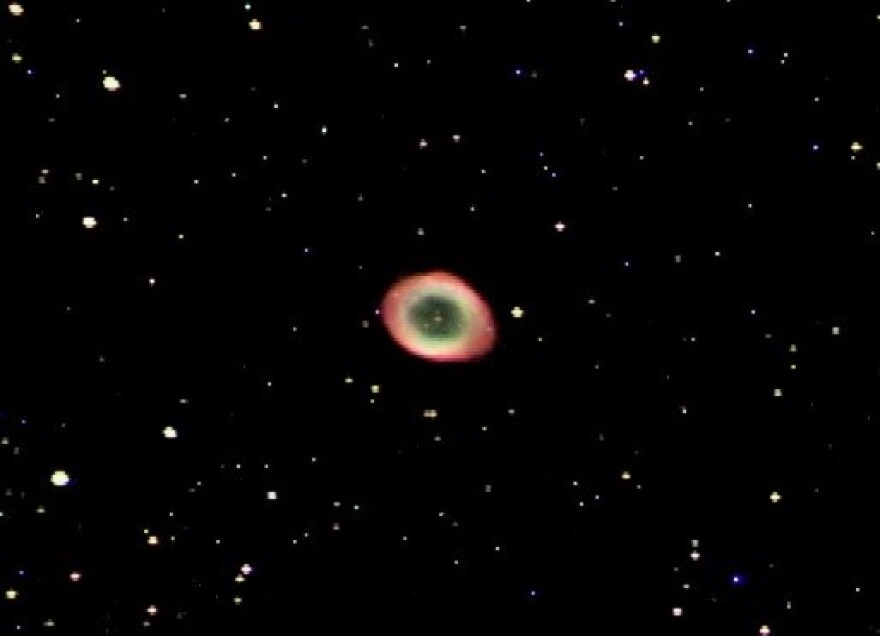When I was a boy one of the first deep sky objects that I observed was Messier 57. I saw it through a three-inch reflecting telescope that my parents gave me for Christmas. Messier 57, commonly called the Ring Nebula, looks very much like a smoke ring projected against the starry background of the sky in the constellation Lyra. The Ring Nebula is part of a group of objects called planetary nebula.
There are many planetary nebula scattered across the sky. Some of the more famous are the Eskimo, Blinking, and Cats Eye nebula that actually resemble their namesake.
Planetary nebulas have a small star central star that illuminates their surrounding gas and dust. When the original star used up its fuel it blew off huge amounts of dust and gas into space, leaving only a dying core of the original star called a white dwarf. Compared to the size of the original star, the white dwarf is very small indeed, being only about the size of the earth. Our sun in comparison has a volume of about a million earths.
Images of planetary nebula taken through telescopes are breathtakingly beautiful, colorful, and vary in both size and shape. The Hubble telescope reveals many streamers in planetary nebula radiating away from their center star like spokes in a wheel.
Our website is CVAS-utahskies.org.







